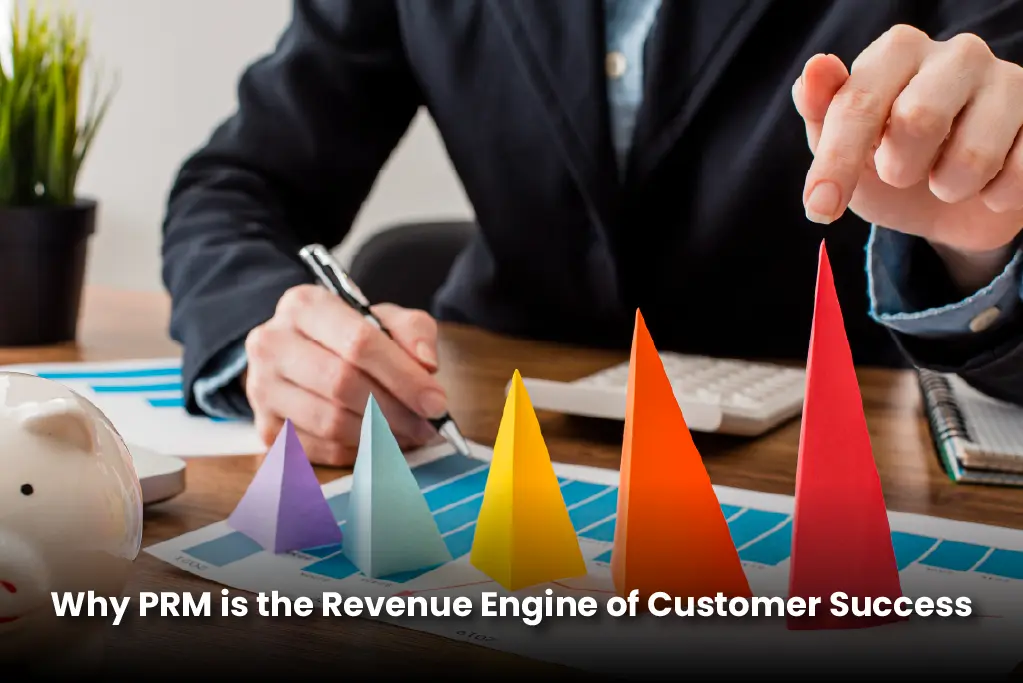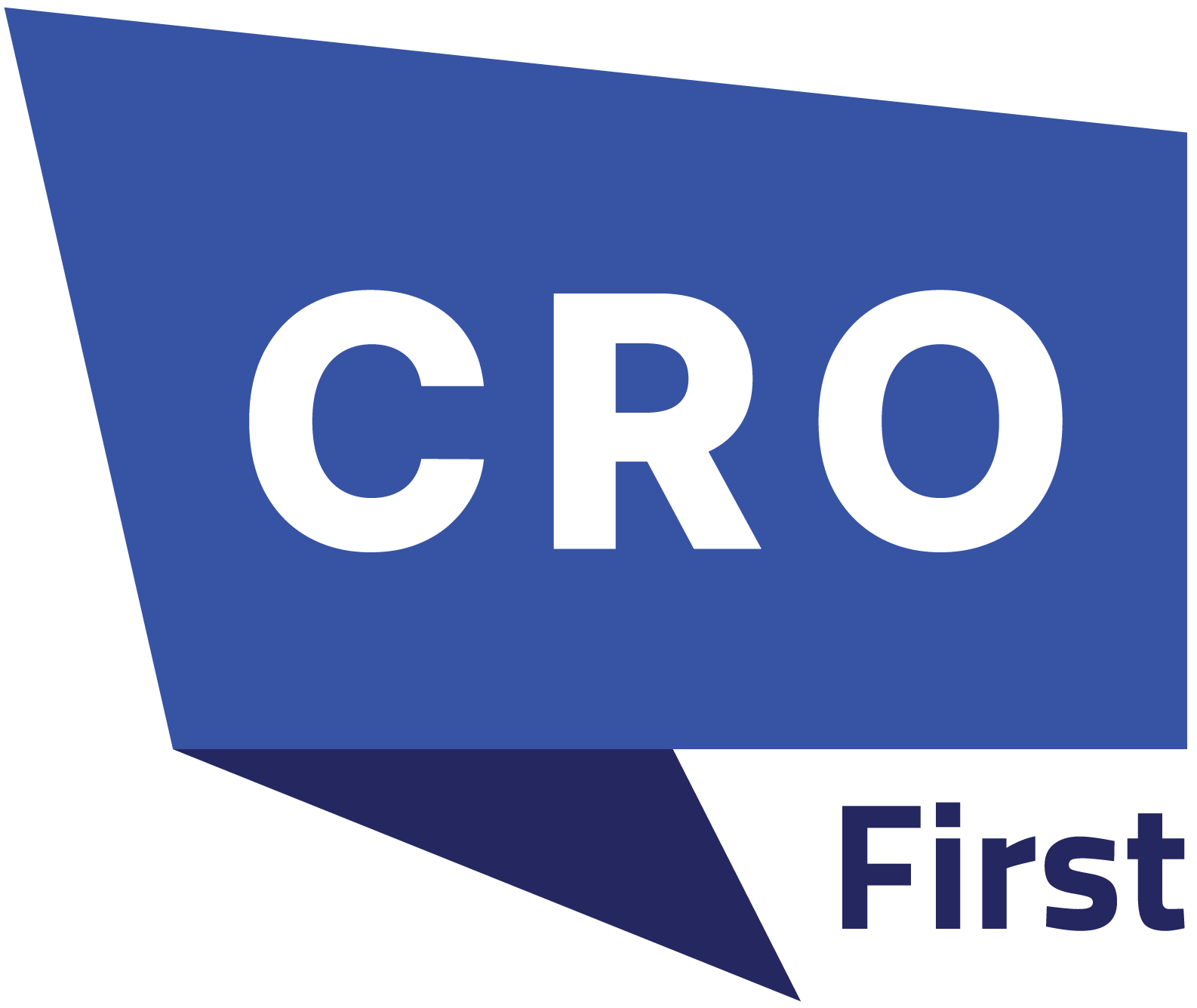In today’s era we see that businesses lean heavily on indirect sales channels. Resellers, affiliates, and distributors help businesses reach more customers, but managing these relationships can be challenging.
That’s when partner relationship management, or PRM, becomes really useful. PRM is software that helps vendors manage and support their partners. It brings onboarding, training, deal tracking, and communications together in one place, making it simpler to keep partners productive and engaged.
PRM is not just a support tool. When used well, it becomes a revenue engine, helping companies scale partner programs, accelerate pipeline growth, and improve collaboration across networks.
In this article, we will explore the top five PRM tools that deliver measurable results, showing how each can simplify partnerships, boost engagement, and drive revenue growth for businesses of all sizes.
Why PRM is the Revenue Engine of Customer Success

In today’s fast-moving business landscape, managing partners is a whole different ballgame than managing customers. While CRM systems focus on the end-user, partner relationship management (PRM) focuses on the seller, including resellers, affiliates, and distributors who drive revenue for your business. The difference matters. A robust PRM system turns relationships into measurable outcomes rather than just tasks.
First, streamlined partnerships remove friction. Administrative work like onboarding and deal registration becomes automated, freeing teams to focus on growth. Next, boosted collaboration keeps everyone aligned. Centralized content libraries, training modules, and communication portals ensure partners stay informed and motivated. Finally, measurable revenue growth is no longer a guessing game. Real-time performance tracking, pipeline visibility, and Market Development Fund management give businesses insight into which partnerships truly move the needle.
The scale is staggering. Microsoft’s AI Cloud Partner Program 2025 highlights a US$ 6.5 trillion opportunity across its partner ecosystem. At the same time, the World Trade Report 2025 forecasts AI could lift global trade by 34–37 percent and global GDP by 12–13 percent by 2040. These numbers show why investing in PRM is not optional. It is a strategic revenue engine.
Here are the Top 5 Partner Relationship Management Tools
1. Impartner: Best Overall PRM for Enterprise Features and Scalability
For big companies running complex partner networks, Impartner is hard to beat. It makes deal registration much easier, so every opportunity is tracked without slowing down the team. Its learning management system keeps partners certified and up to date, which really helps with confidence and skill. Plus, it connects smoothly with ERP and CRM systems, giving a clear picture of partner performance across the board.
The impact on revenue is clear. Automating deal approvals means companies can handle hundreds or thousands of partners without adding extra admin work. It helps programs scale while keeping things organized.
The numbers back it up. Google Cloud says partner-delivered IT makes up 70 percent of the total addressable market. Their 2025 Partner Awards highlighted Deloitte for security and Accenture for services. Partners also need to certify teams and earn specializations, showing the high bar Impartner supports.
It’s powerful and feature-rich, though smaller teams might find it complex or costly.
2. PartnerStack: Best for B2B SaaS, Affiliate, and Referral Partner Automation
If your business relies on SaaS, affiliate, or referral partners, PartnerStack is a top choice for partner relationship management. It simplifies how partners are rewarded by automating payouts and commissions. No more manual calculations or late payments, which keeps partners motivated and engaged. Its partner marketplace also makes recruiting new partners straightforward, while the interface is clean and easy to navigate.
The revenue impact is direct. Every partner action can translate into measurable rewards, creating a system where engagement drives results. Companies can track which partners bring in the most value and adjust programs in real time. That transparency builds trust and strengthens long-term relationships.
The numbers show why SaaS partnerships are so crucial. In early 2025, most of the cloud market was held by just a few players. AWS led with roughly 29 percent, Microsoft followed at 22 percent, and Google captured about 12 percent. Together, these three made up nearly two-thirds of the market, showing where most partner opportunities are concentrated.
PartnerStack stands out for how it connects partners and makes programs easy to run. Partners tend to stay active because the platform makes it easy to see rewards and opportunities. Most people find the interface simple enough to use without much training. On the other hand, it is not designed for traditional distributor or VAR channels. If your business depends on those, you might have to look at other tools that fit better.
3. ZiftONE: Best for Integrated Channel Marketing Automation (TCMA)
ZiftONE is a solid choice for companies that want to give their partners more control over marketing. It makes it easy for partners to run campaigns without asking for constant guidance. The co-branding tools let partners use both their branding and the vendor’s, so messaging stays consistent. Lead distribution makes sure opportunities get to the right partner quickly.
The impact on revenue is clear. When partners can run their own co-branded campaigns, leads are generated faster and the sales pipeline moves steadily. Companies don’t have to manage every step, which saves time and keeps programs efficient.
This platform works best for partners who already have some marketing experience. If a team is small or less experienced, they might struggle with certain features. Still, even with a learning curve, ZiftONE helps partners become more active in marketing, which drives real results.
Ultimately, ZiftONE turns partner relationship management into something practical. It is not just about tracking deals. It gives partners tools to promote, engage, and generate revenue in a way that benefits both sides.
Also Read: Decentralized Finance Explained: Opportunities and Risks for Revenue Leaders
4. Salesforce PRM: Best for Comprehensive CRM Integration and Customization
For businesses already using Salesforce, the Partner Cloud is a natural choice. It connects smoothly with Sales Cloud and Service Cloud, giving a clear view of both customers and partners in one place. Custom-built portals through Experience Cloud allow companies to create tailored experiences for their partners. Powerful analytics make it easier to forecast accurately and track partner performance without guesswork.
The revenue potential is huge. Salesforce says its partner ecosystem is set to generate two trillion dollars in business revenue. In FY 2025, the company itself made US$ 37.9 billion, and the ecosystem is expected to add another two trillion between 2022 and 2028. Those numbers show how much value can come from an integrated PRM system.
Salesforce also expanded its partnership with Google to run Agentforce and Data Cloud on Google infrastructure. This gives partners faster, more reliable access to tools and insights.
The platform is highly customizable, which is a big plus. The downside is that deep integration often requires an existing Salesforce investment and can be costly for smaller organizations.
5. Allbound: Best for Partner Enablement and Collaboration-Focused Portals
Allbound works well for companies that want to make partner enablement easier. Partners can quickly access the right content in a central library. Learning tracks and certifications give partners a clear path to stay current. Onboarding is simple, so new partners can jump in and start contributing without waiting around.
The results show quickly. If partners can grab what they need and get through training quickly, they start adding value right away. Having all the materials in one spot also makes it easier to share info and keeps everyone in sync.
Most partners take to Allbound quickly because the platform is intuitive. It encourages active participation and helps maintain alignment across teams.
The main limitation is that Allbound does not cover deep financial management or global compliance as some larger systems do. For businesses focused on partner enablement and collaboration, however, it provides the right tools to help partners succeed and drive results. Partner relationship management becomes practical, not just administrative.
How to Choose the Right PRM?
Picking the right partner relationship management tool comes down to experience and fit. First, think about the type of partners you manage. Are they affiliates and referral partners, like those on PartnerStack, or resellers and distributors, which tools like Impartner and ZiftONE handle best?
Next, consider your current technology setup. Are you already using a CRM like Salesforce, or are you starting from scratch?
Finally, look at program maturity. Do you need simple enablement and collaboration, as Allbound provides, or more complex global fund management, which Impartner excels at? The right choice should match your partners and your growth plans.
The Future of Channel Success

Partner relationship management is at the center of any strong channel strategy. It brings everything together for partners, from onboarding and training to deal tracking and marketing.
The right tool does more than manage tasks. It makes it easier for partners to contribute and helps them succeed. As networks grow and programs get more complex, businesses need a platform that can scale.
A good PRM makes things easier for partners. It keeps them involved and active, and it helps turn routine channel work into real results. Picking the right system can change the way your partner program performs.

